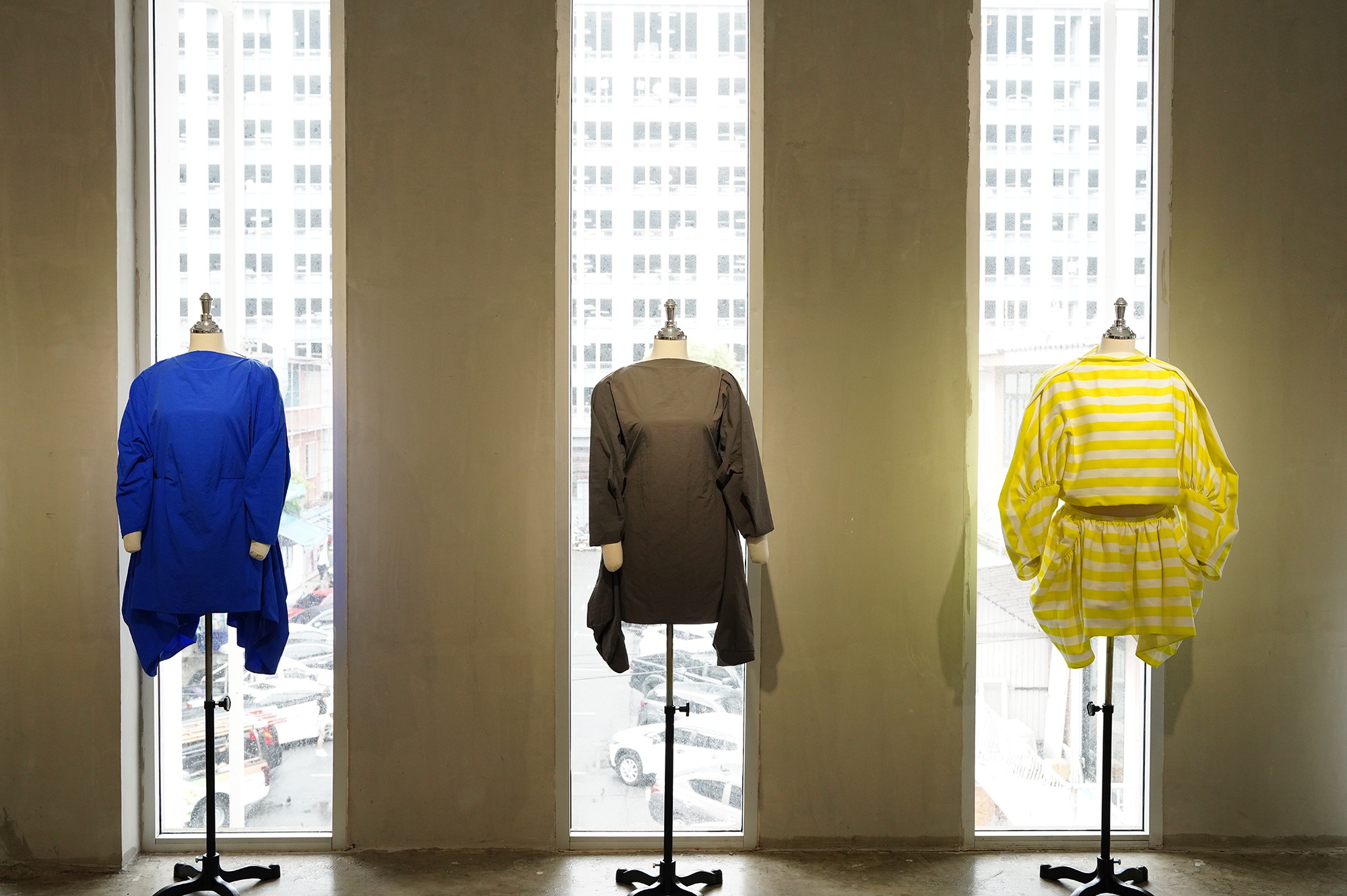
Mr. Patchara Rattanakup
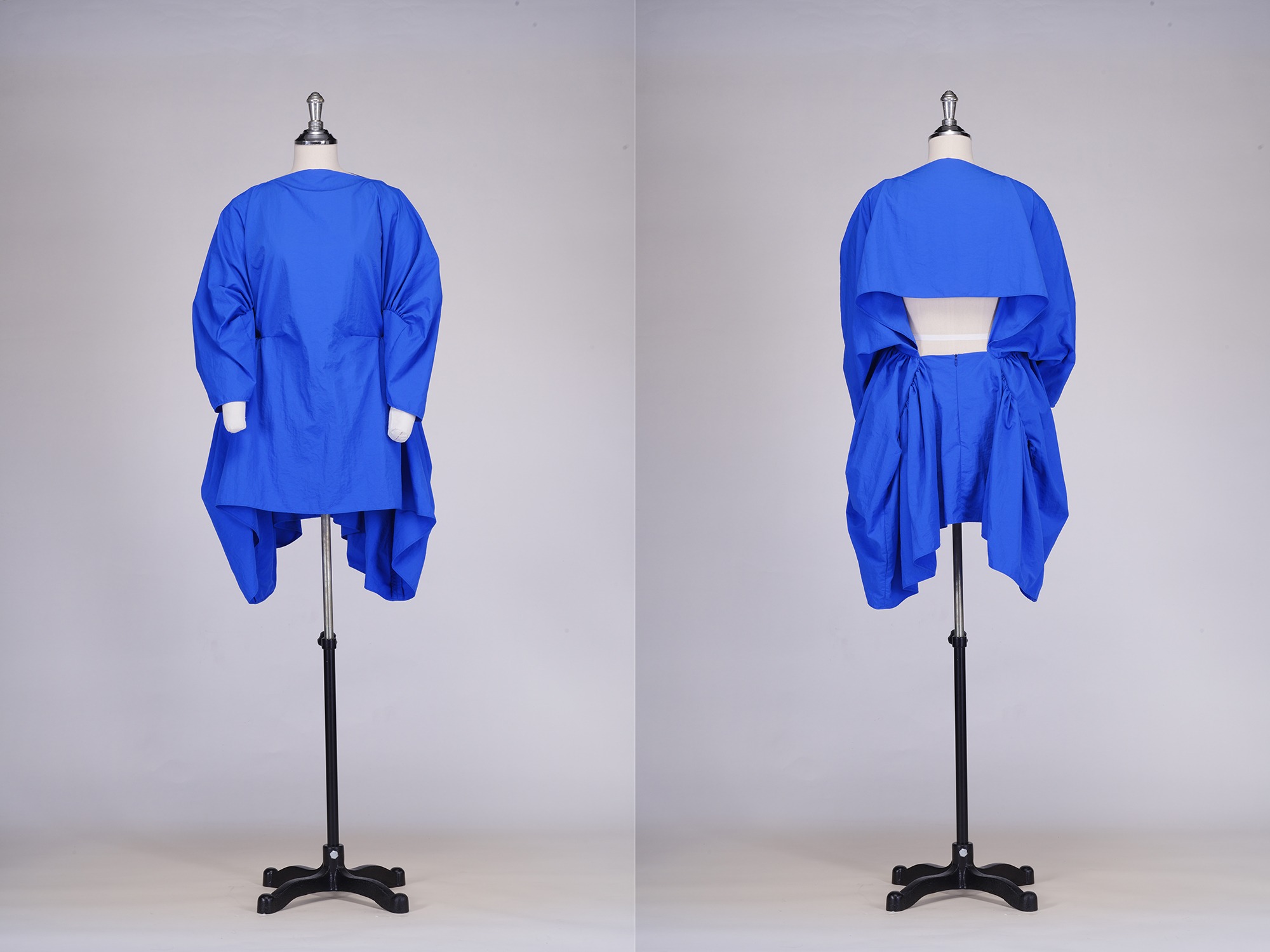
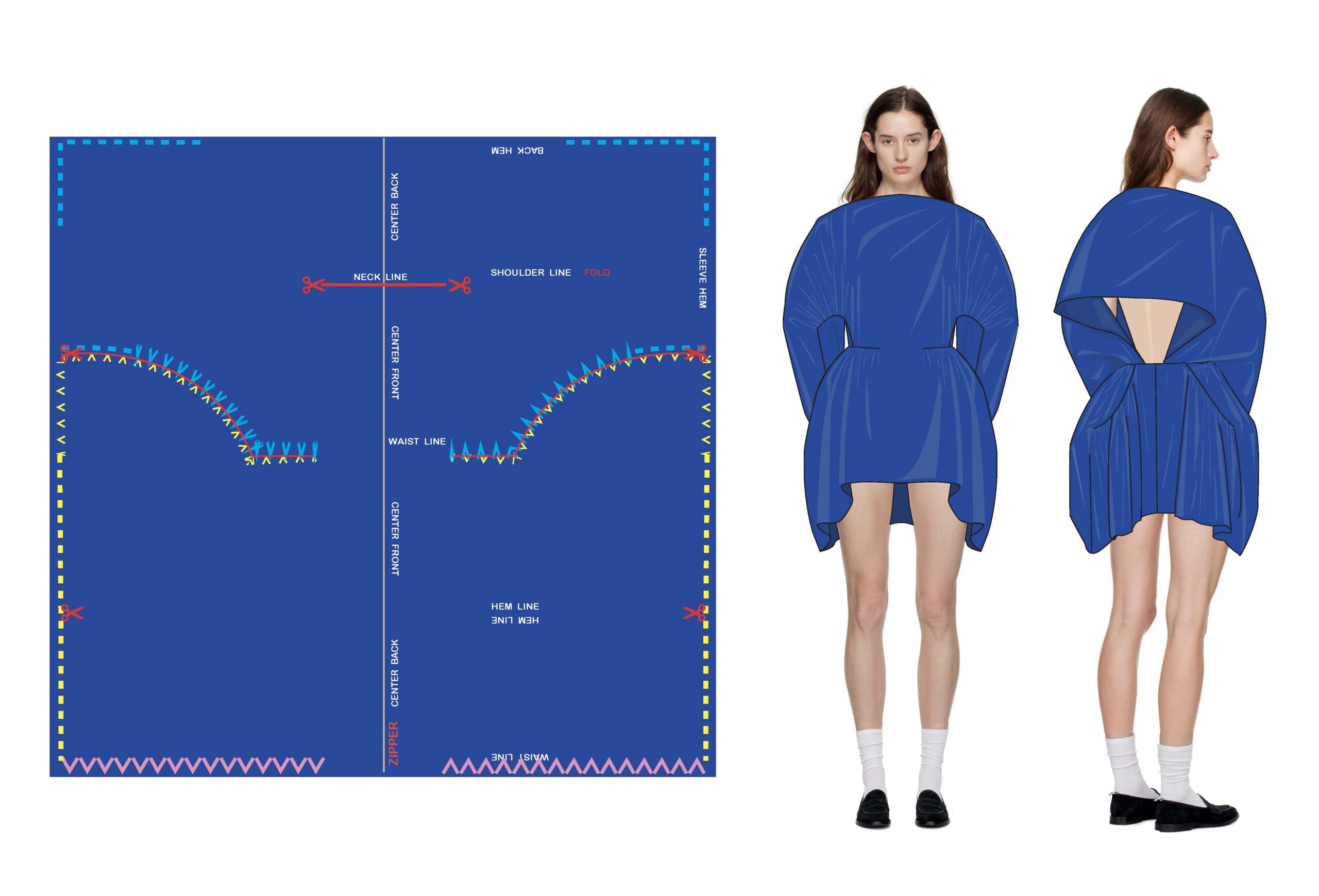
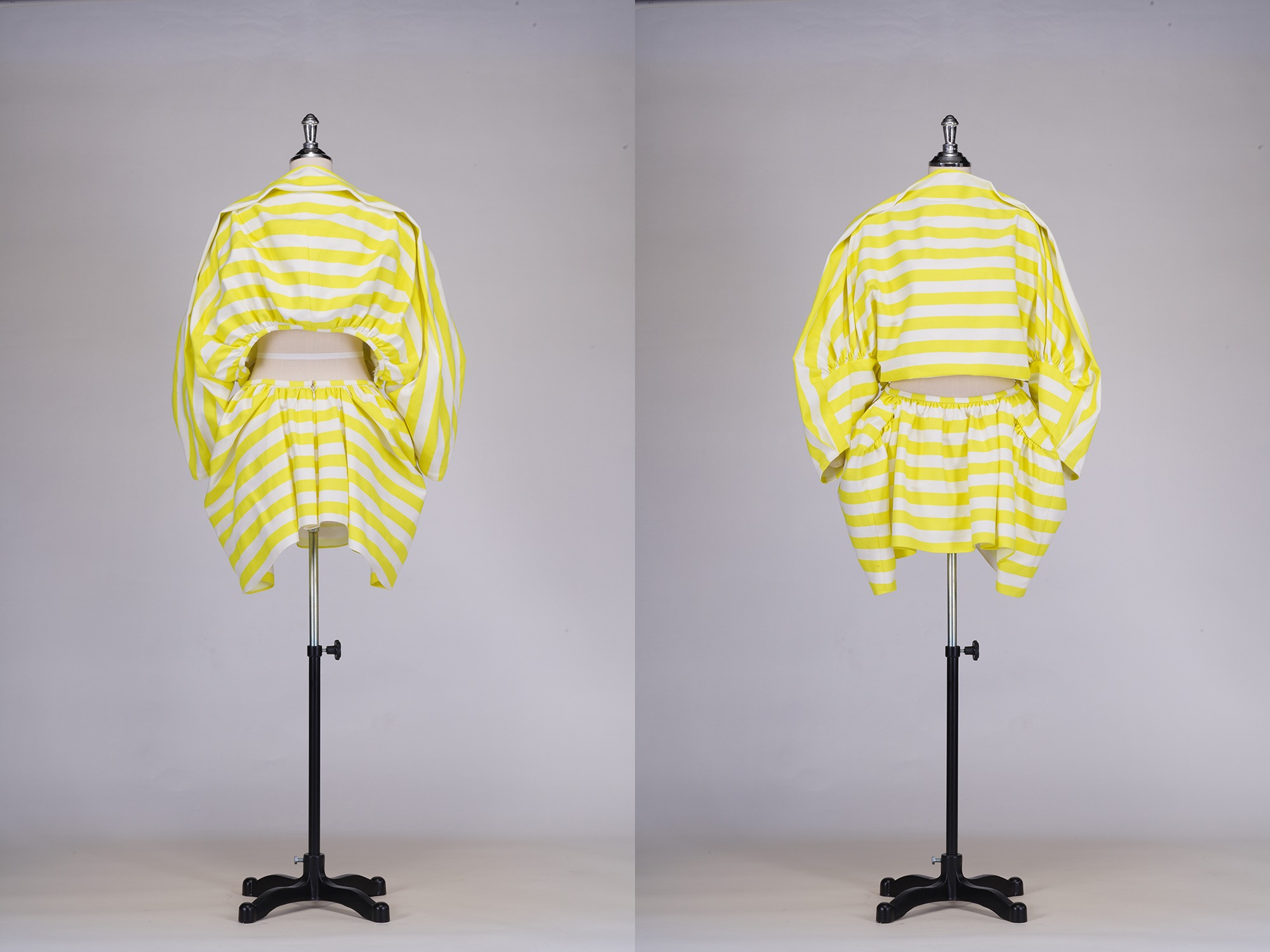
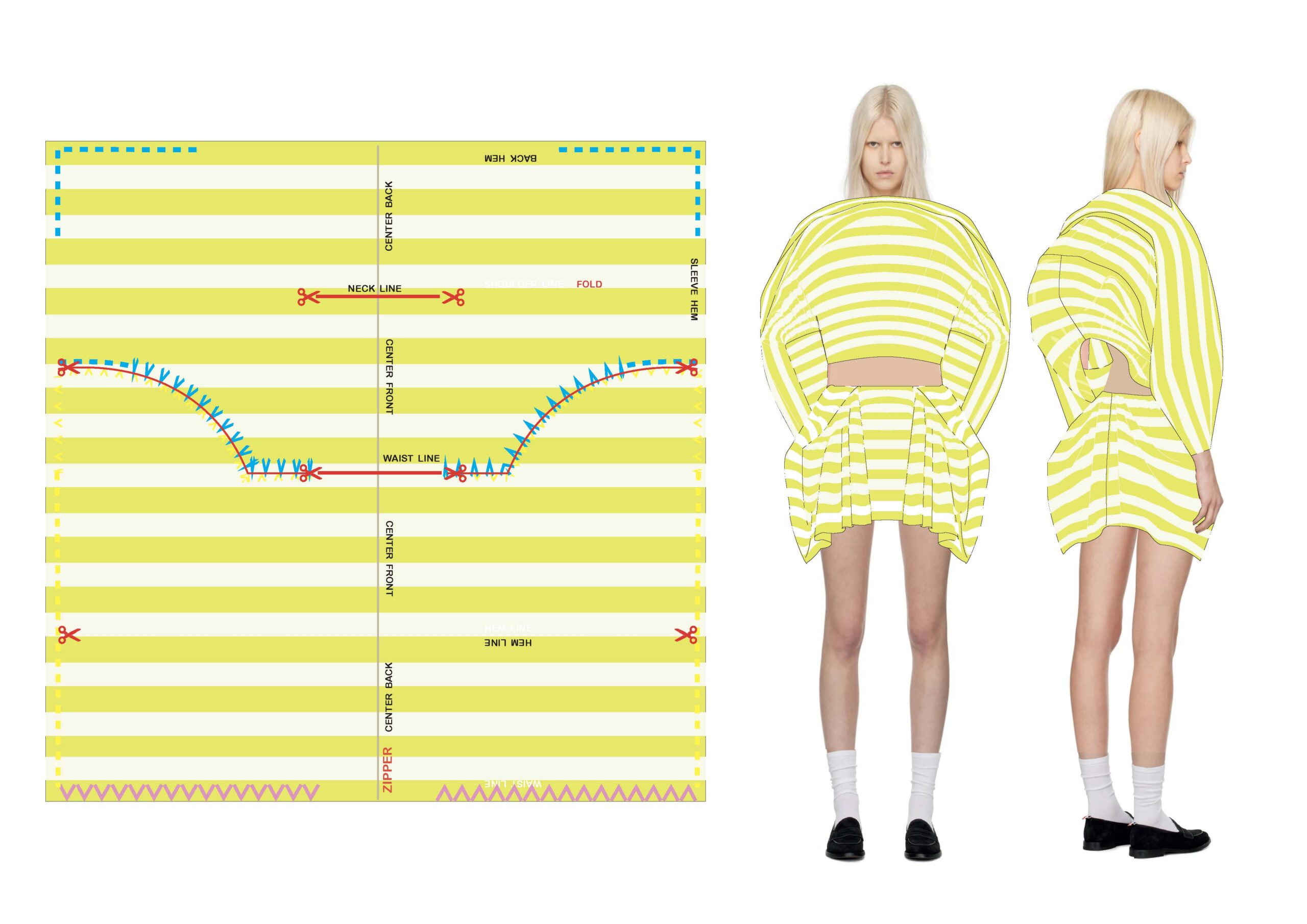
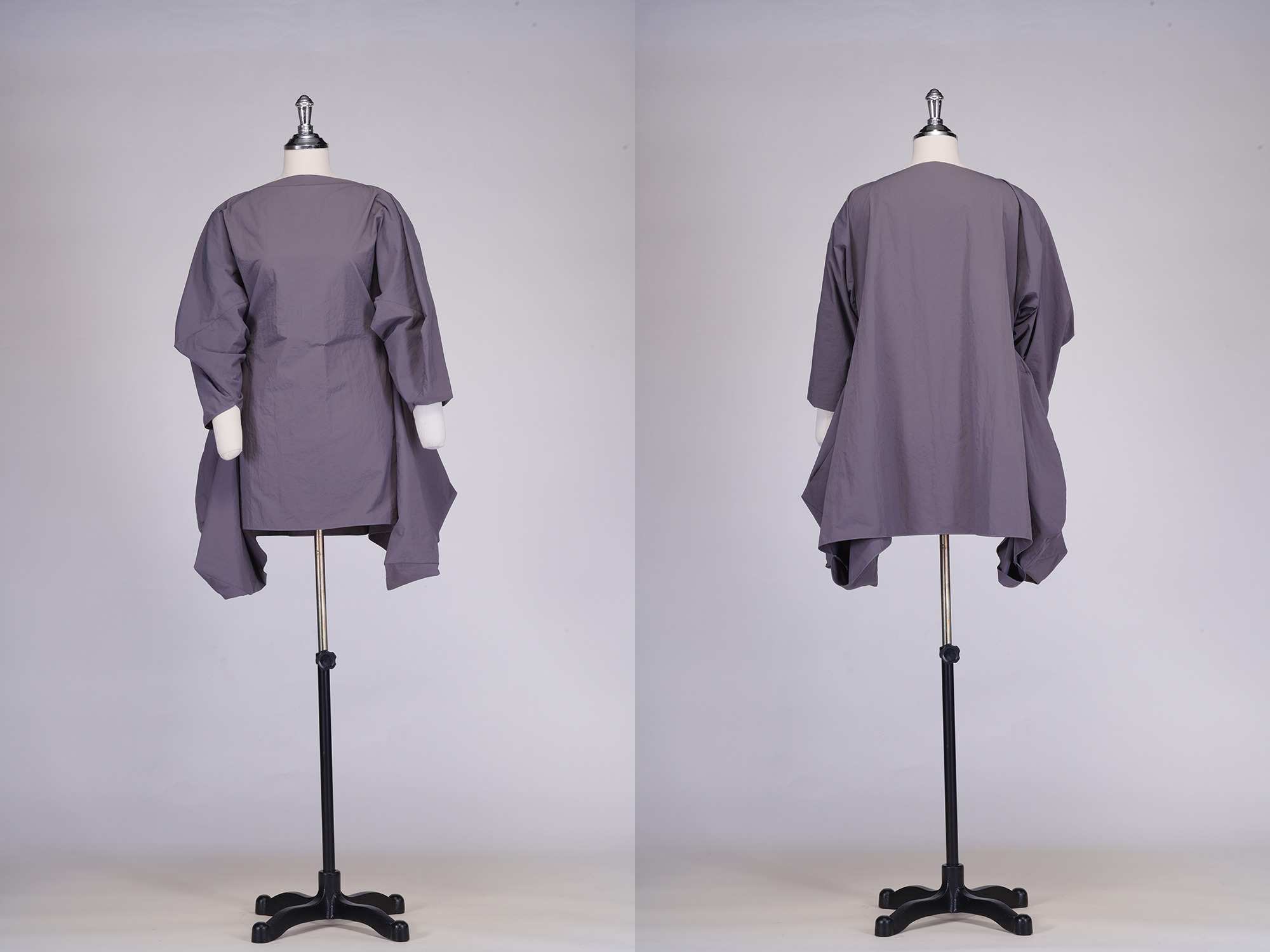
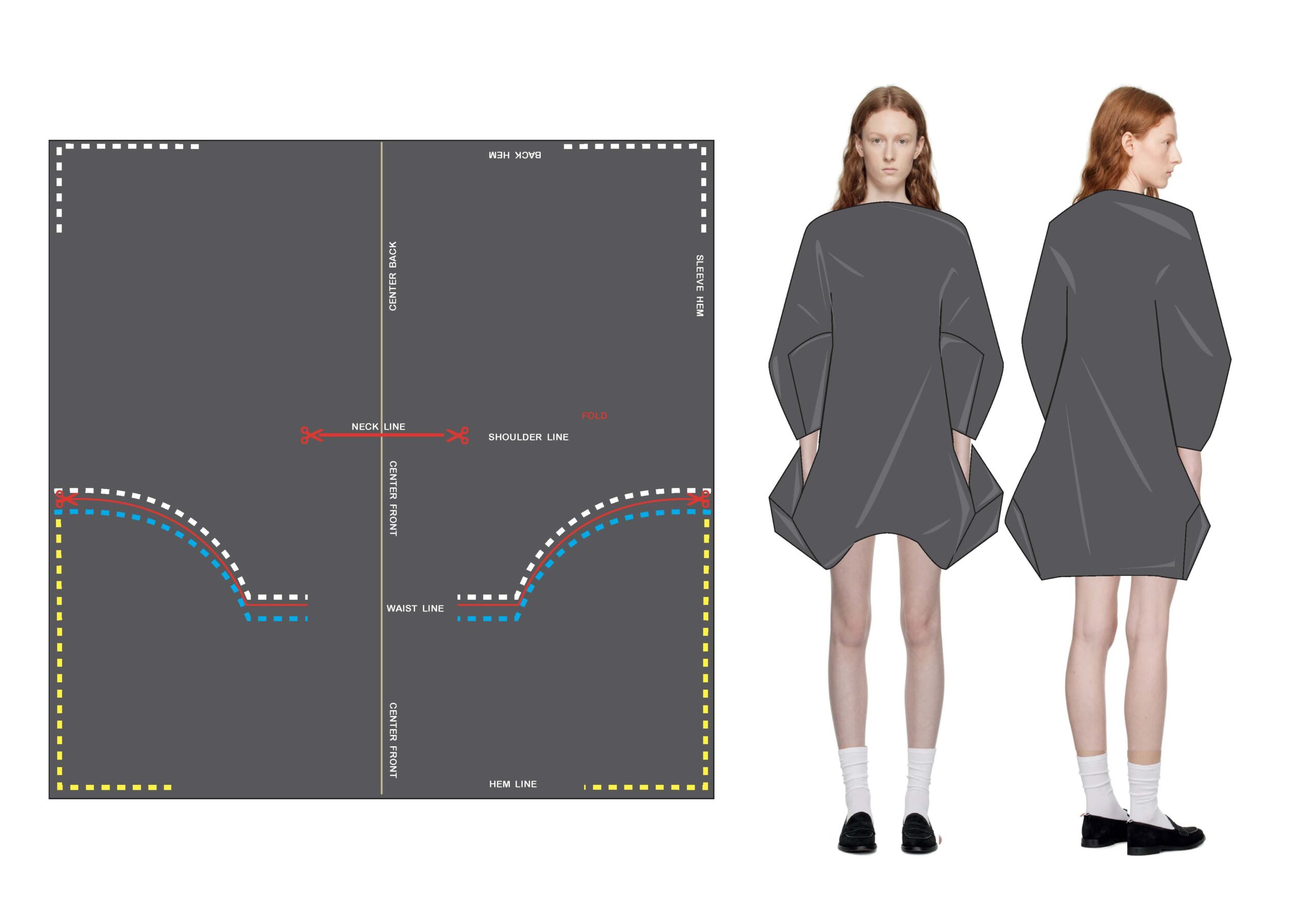
Abstract :
This project explores the transformative potential of square-based zero waste patterns in sustainable fashion design. By leveraging geometric simplicity, these patterns minimize fabric waste during garment production. Through a concise review of literature and case studies, the paper elucidates the principles and practicalities of implementing square-based patterns, highlighting their efficiency and environmental benefits. Embracing square-based zero waste patterns offers a promising pathway towards reducing the fashion industry’s ecological footprint while fostering innovation in design and manufacturing practices. This abstract advocates for the widespread adoption of square-based patterns as a key strategy in advancing sustainability within the fashion industry, shaping a future where fashion can be both stylish and environmentally responsible.
Objectives :
To experiment on square-based zero waste patterns in sustainable fashion design, with the aim of searching new pattern making and cutting techniques to save time and reducing textile waste and environmental impact in garment production. Through a comprehensive examination of the principles, techniques, and challenges associated with implementing square patterns, this study seeks to elucidate the potential benefits and practical considerations of integrating this innovative approach into the fashion industry. By providing insights into the implementation of square-based zero waste patterns, this research aims to inform and inspire designers, students and manufacturers to adopt more environmentally conscious practices, thus contributing to the advancement of sustainability within the fashion sector.
Conceptual Framework :
This project start with the question “how to make a zero waste outfit from a square shape fabric” the simplicity of square-based zero waste patterns to create volume in sustainable fashion design through easy cutting techniques. It entails understanding the geometric principles of square patterns and their adaptability to generate volume in garments while minimizing fabric waste. Explore innovative cutting methods that optimize fabric usage and enhance the silhouette, fostering creativity and efficiency. Through practical exercises and experimentation, how to manipulate square patterns to achieve desired voluminous effects while adhering to sustainable design principles. This framework emphasizes the synergy between ease of cutting, volume creation, and sustainability, promoting a comprehensive understanding of zero waste pattern design in fashion education.
Process / Methodology :
Techniques and Materials :
Result / Conclusion :
In conclusion, the garment creation process using sustainable fashion principles and zero waste patterns derived from squares offers a compelling avenue for achieving both environmental sustainability and creative innovation. By employing easy cutting techniques and leveraging the geometric simplicity of square-based patterns, designers can effectively create voluminous garments while minimizing fabric waste. This approach demonstrates the potential to revolutionize the fashion industry by simultaneously addressing environmental concerns and pushing the boundaries of design aesthetics. Embracing sustainable practices not only reduces the industry’s ecological footprint but also fosters a culture of mindful consumption and responsible production. Overall, garment creation through sustainable fashion using zero waste patterns showcases a harmonious balance between sustainability, functionality, and creativity.
References :
no reference